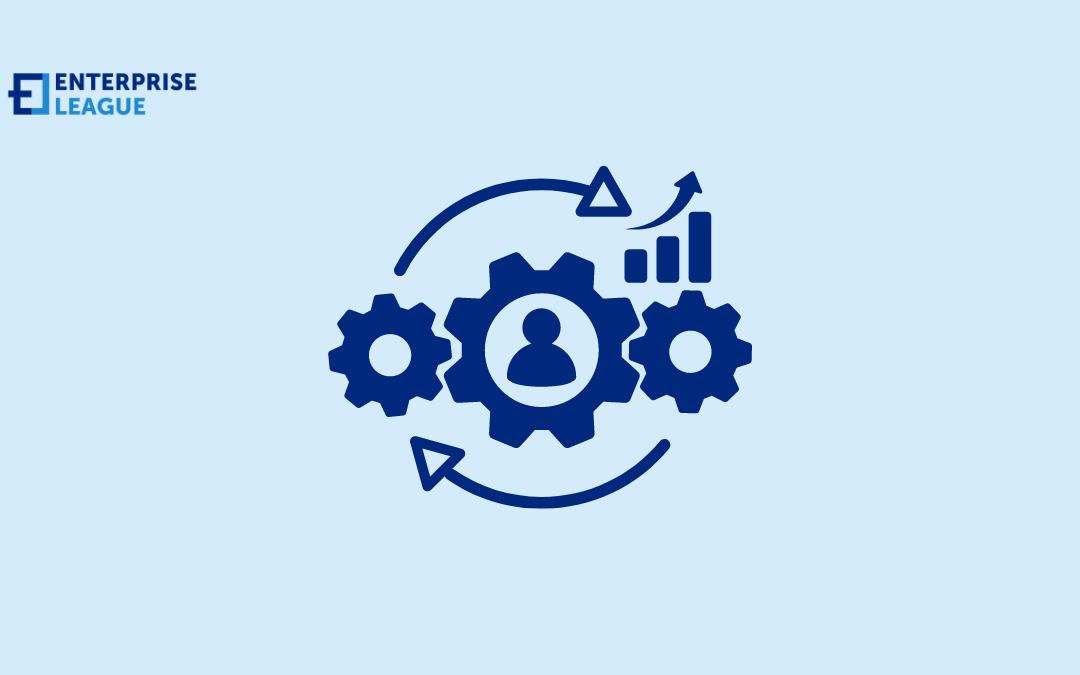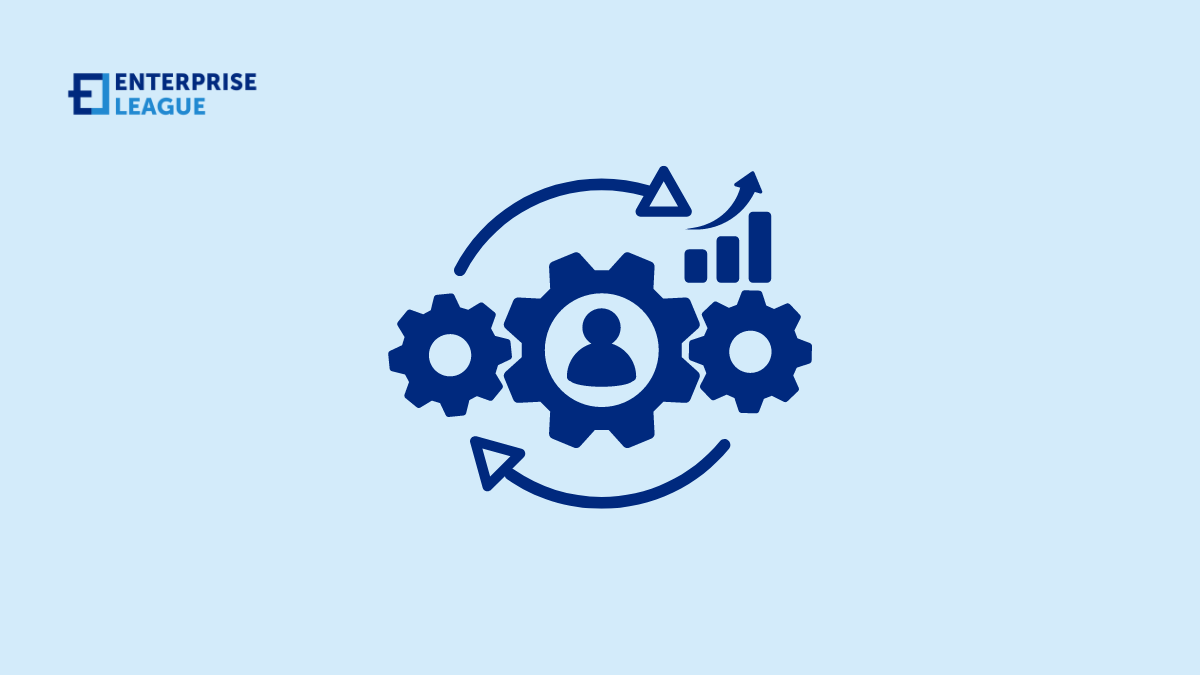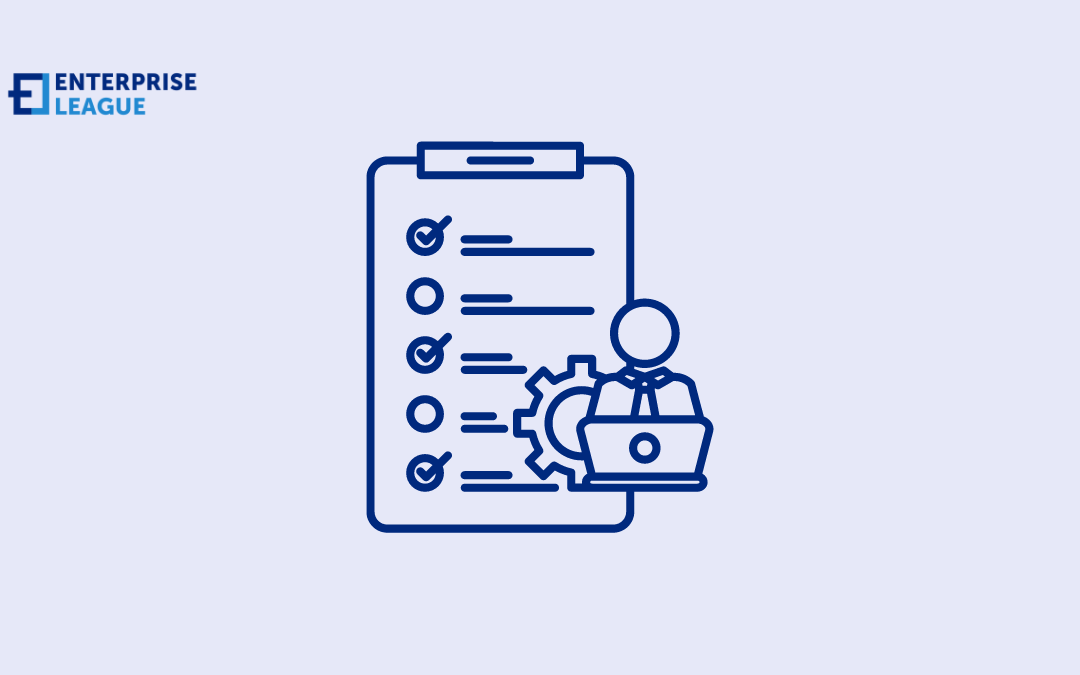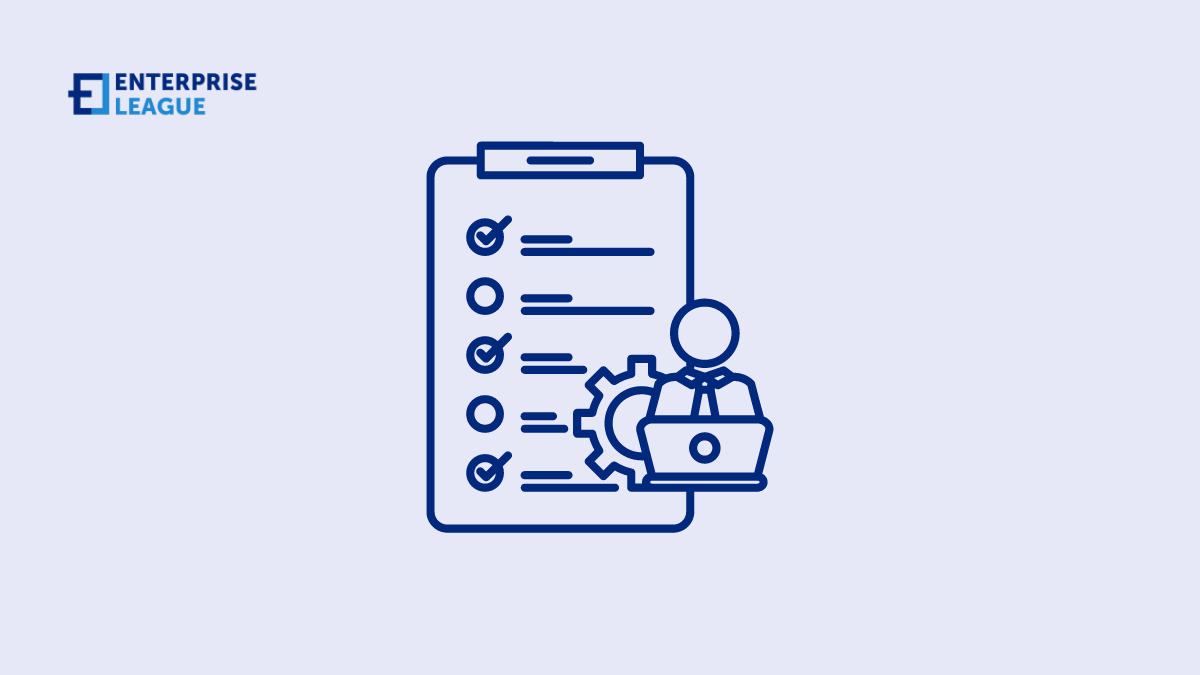Many business communication quotes highlight the power of clear communication in achieving positive outcomes, so we’ve decided to share some of those quotes.

Expert Salesforce integration for unified business operations
If your business is one of many millions of Salesforce clients, you’ve probably devoted a lot of time to mastering the platform and making the most out of it. However, on its own, Salesforce is only one element of a fully optimized and unified business operation framework. To reach its maximum potential, it needs to be well integrated into other systems your team uses, be it an ERP or an e-commerce platform. But how do you do it in the best way possible?
In this article, OMI will leverage many years of experience in Salesforce integration services to dissect how exactly the integration can transform your business and how to approach the integration process in the most efficient way. Moreover, we’ll explore the advantages of engaging third-party Salesforce integration experts in case you might be looking for some assistance.
Why Salesforce integration matters
Salesforce integration is all about creating a unified, intelligent system that drives your business forward in more ways than one. Here’s a closer look at three main ways of how it can transform your operations:
- Centralized data management: All your customer, sales, and operational data can be accessible in one place, without needing to juggle multiple systems the integration achieves this by creating a single source of truth. For instance, when your sales team updates a customer record in Salesforce, the change is reflected instantly in your ERP system. This real-time data exchange removes discrepancies and makes sure that everyone in your team is working with the same information.
- Better customer experience: Integrated systems help your team have a 360-degree view of the entire customer journey, from initial contact to post-sale support. This level of insight allows for more personalized service and quicker issue resolution, which can significantly boost customer loyalty.
- Improved operational efficiency: You can fully automate your workflows and data transfers between systems, freeing up valuable time. Your sales team will no longer need to manually input order details into the ERP after closing a deal in Salesforce. Instead, the integration handles it automatically, allowing your team to focus on more high-value strategic activities like building relationships and closing more deals.
Key areas for Salesforce integration
- ERP systems: Integrating Salesforce with ERP systems like SAP, Oracle, or Microsoft Dynamics can revolutionize your backend operations. This integration ensures that every sales order processed in Salesforce is immediately reflected in your ERP, helping your inventory management challenges, production scheduling, and financial reporting. This, in turn, can reduce order processing times, minimize stockouts, and enhance financial accuracy.
- Marketing automation: Tools like Marketo, HubSpot, or Pardot, when integrated with Salesforce, allow for a cohesive marketing strategy. You get access to real-time lead scoring and nurturing, allowing your sales team to only engage with the most promising prospects. For instance, if a lead engages with your latest email campaign, this interaction is logged in Salesforce, and the lead’s score is updated accordingly. Additionally, utilizing HubSpot LinkedIn Sales Navigator integration enhances prospecting efforts by providing deeper insights into leads and their engagement history. Your sales team is then alerted to reach out at the optimal time, increasing the likelihood of conversion and shortening the sales cycle.
- Customer support platforms: Integrating Salesforce with Zendesk or ServiceNow can speed up issue resolution and enhance the quality of customer support, as agents are better equipped to handle inquiries with full context at their fingertips. When a customer submits a ticket, the support agent can access all relevant information, including purchase history, previous support interactions, and product details, directly within the support platform.
- E-commerce solutions: For businesses with online stores, integrating Salesforce with e-commerce platforms like Shopify or Magento can also be a game-changer. For example, if a customer makes a purchase on your online store, Salesforce can automatically update their profile, trigger a thank-you email, and adjust inventory levels.
Practical steps for effective salesforce integration
Regardless of its rich benefits, integration isn’t always a high priority for teams mainly due to its difficulty. That’s why in this section, we’ll give you a few practical steps to guide you through the process and make it seem more achievable:
- Assess your needs: Identify the pain points, data silos, and inefficiencies that the integration can address. For example, if your sales and finance teams often struggle with mismatched data, prioritize integrating Salesforce with your ERP to create a cohesive data flow.
- Choose the right integration tools: Select appropriate integration platforms: Evaluate options like MuleSoft, Boomi, and Jitterbit based on your organization’s specific requirements and technical environment. Prioritize solutions that align with your unique challenges and long-term integration strategy.
- Develop a clear integration plan: Map out your integration process in detail, specifying data sources, fields, and synchronization points. Establish clear protocols for data handling, error management, and security
- Implement and test: Begin with a pilot integration to validate your approach and iron out any issues. During this phase, closely monitor data flow and system performance, making adjustments as needed. Once the pilot is successful, proceed with a full rollout and make sure you have robust testing mechanisms in place to resolve any problems before they impact your business.
- Train your team: Provide interactive training sessions so that your team understands the new integrated system and can use its full capabilities. Encourage feedback and swiftly address any concerns for a smooth transition.
- Continuous optimization: Post-implementation, continuous monitoring is key to maintaining integration health. Regularly review system performance, gather user feedback, and make necessary adjustments to optimize functionality.
Benefits of Salesforce integration services by a third party
If you feel that your team has some gaps in Salesforce expertise, you may always turn to an external team of professionals for help. Partnering up with a provider of Salesforce integration services can offer a number of strategic benefits, namely:
- Expert guidance: Third-party consultants offer deep insights into optimizing workflows, enhancing data accuracy, and integrating complex systems.
- Advanced customization: Salesforce consultants excel in crafting custom integration solutions with virtually any type of platform – ERP systems, marketing automation tools, and e-commerce platforms and many others.
- Future-proofing: Experienced providers design scalable frameworks that will accommodate your future growth without disrupting your operations.
- Focus on strategic initiatives: Outsourcing Salesforce integration liberates your internal teams from technical complexities, allowing them to focus on their core competencies and high-value initiatives.
- Post-implementation support: Reliable partners will offer proactive support, continuous monitoring, and optimization services to maintain peak system performance.
Choosing the right Salesforce integration partner
The easiest way of finding a good Salesforce integration team is to ask your partners or contacts from your network if they could vouch for their service provider (if they have one).
Otherwise, simply use Google to browse through a couple of dozen websites of Salesforce integration experts and narrow it down to about 5 candidates. Your initial choices should depend on the presence (or absence) of case studies describing challenges similar to yours as well as reviews from other companies.
One more thing to focus on is content in the form of blog articles, guides, whitepapers, and ebooks, this is usually where teams share their expertise, providing you with an extra opportunity to see whether this candidate is a good fit for you.
Conclusion
While integration can be challenging, working with experienced professionals ensures success. By connecting Salesforce with other key systems, businesses can streamline their operations, make better decisions, and stay a worthy opponent in the market industry. Salesforce integration is an investment in your company’s future, enabling growth and adaptability.
More must-read stories from Enterprise League:
- What it takes to start a wholesale business from scratch?
- The only list of novels for entrepreneurs that you will ever need.
- Engaging online networking events that you should not miss.
- Learn how to deal with being proffesionally ghosted like an expert.
- Learn about how micromanaging can hurt your productivity.
Related Articles
28 motivational business communication quotes in 2025
7 UX design tips for a Web3 website
A seamless user experience (UX) is critical to making these sites accessible and engaging, so here are seven tips to elevate the UX of your Web3 website.
35 business resilience quotes for staying strong under pressure (2025)
In this article, we’re sharing some business resilience quotes that will boost your mind and keep you motivated to stay strong when you feel under pressure.
Employees not getting along: 10 ways to deal with it
As a business owner or manager, you’ll eventually face employees not getting along and you’ll have to deal with them. Knowing how to handle employee conflict in the workplace is extremely important.
Choosing your e-commerce business model (2025)
Master the art of online retail with this guide to e-commerce business models. Compare strategies and learn how successful brands choose their approach.
















